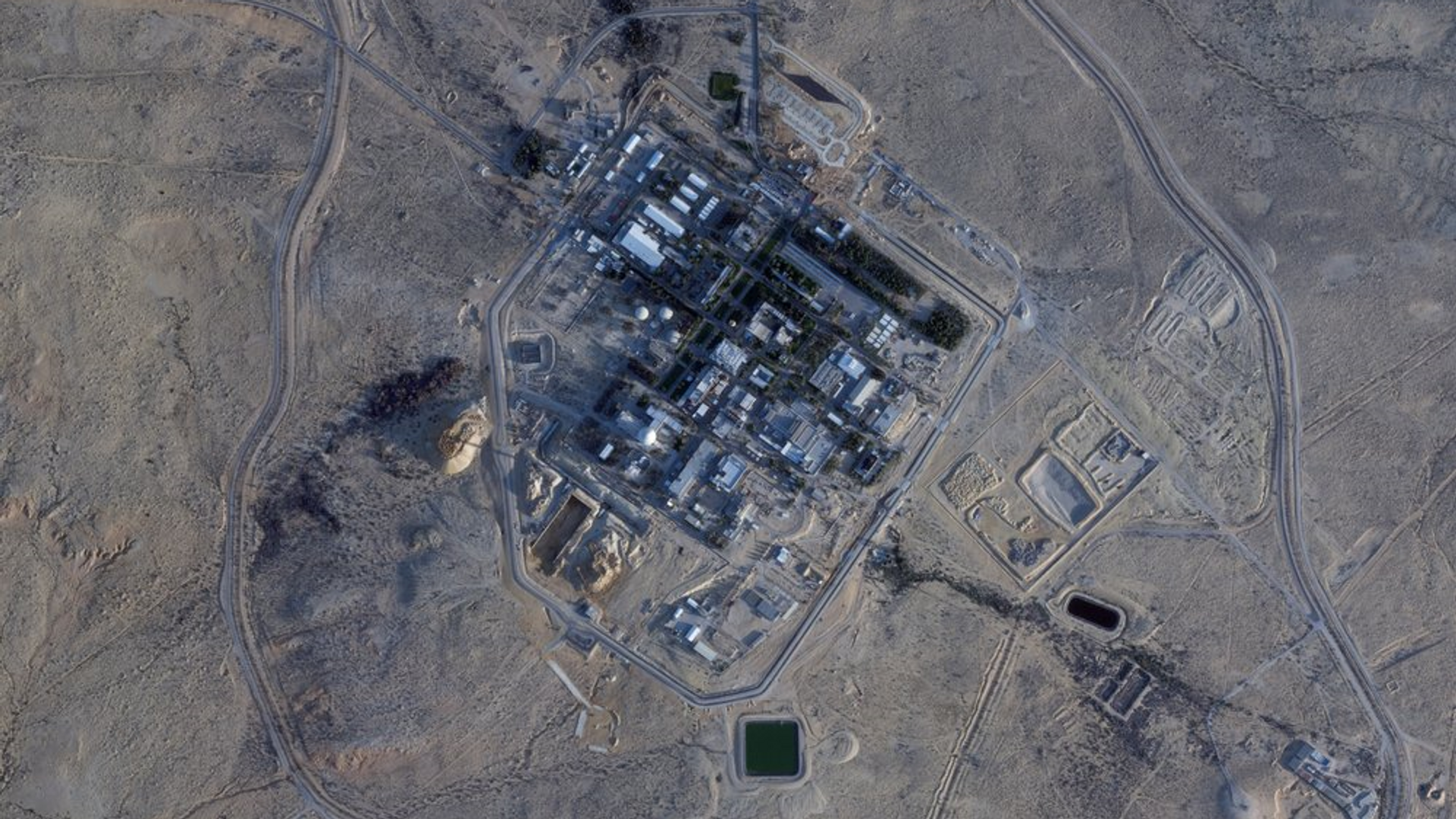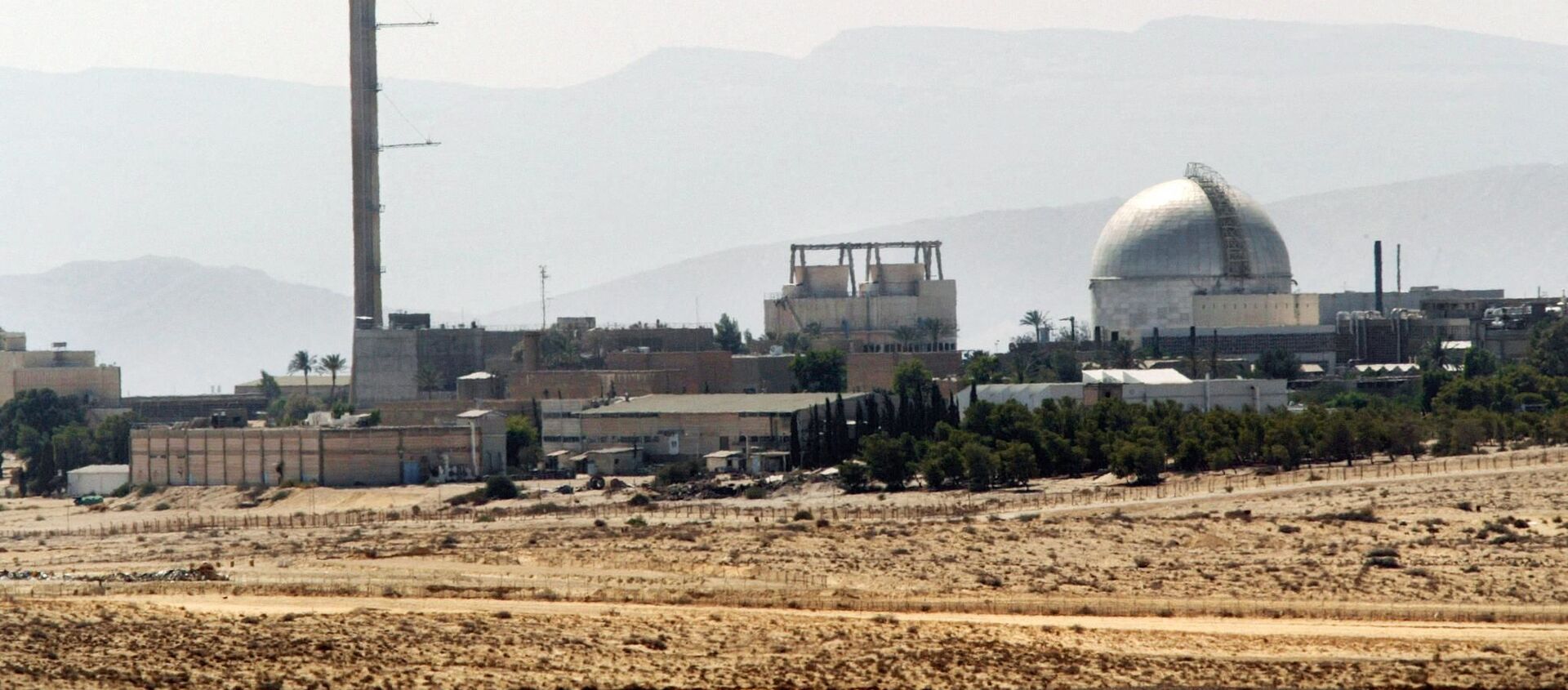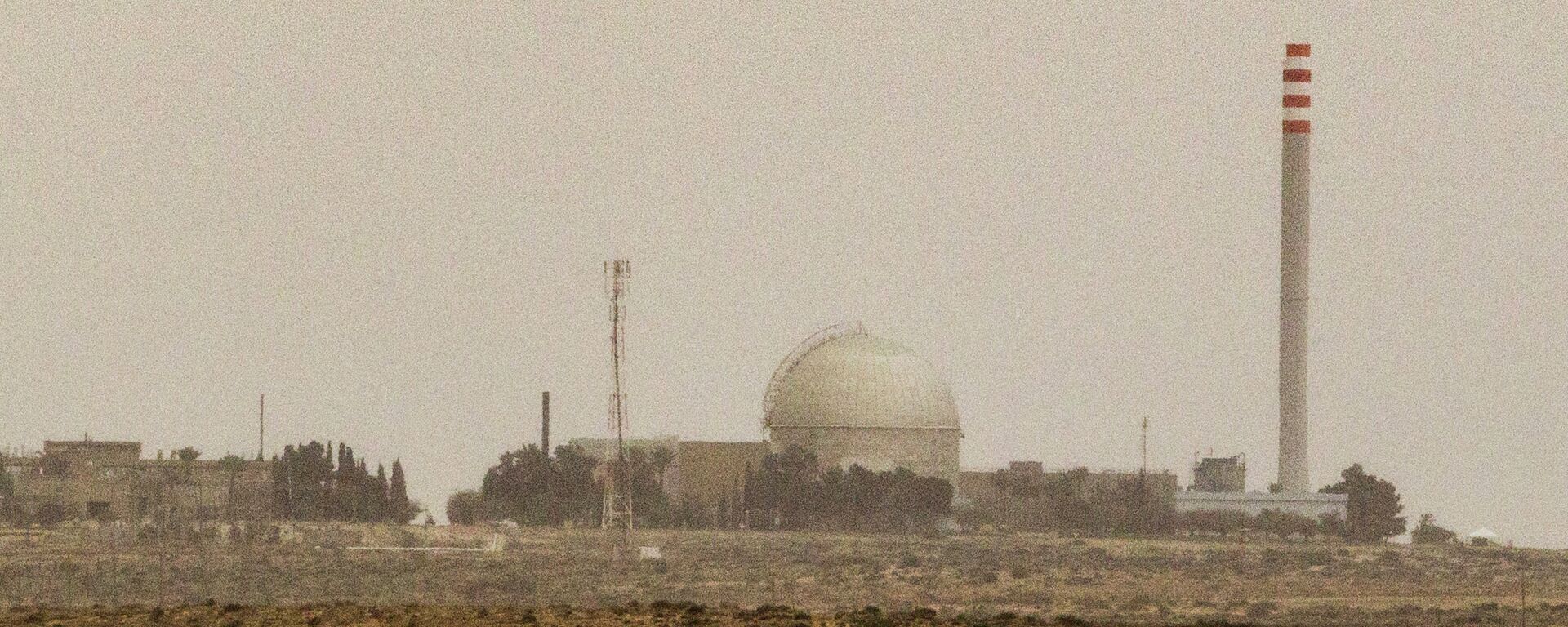Michael Fradley and Andrea Zerbini, a pair of Oxford University archeologists specialising in the Middle East, were responsible for spearheading the campaign to amend an obscure US law to unblur satellite imagery of Israel and the Palestinian territories.
Speaking to the Australian Broadcasting Company, Dr. Fradley said that he and Zerbini stumbled upon an obscure law, known as the Kyl-Bingaman Amendment, which was passed thanks to Israeli lobbying as part of the National Defence Authorisation Act of 1997, in the mid-2010s after being frustrated by the lack of high-quality satellite images of the region.
“We were archeologists. We didn’t really know anything about space law,” Fradley recalled, adding that beginning in 2017, he and his colleague got to work trying to find a legal way to get around the restrictions.
Eventually, the pair of academics discovered that Airbus, the Western European multinational aerospace giant, has been producing high-resolution sub-2 metre per pixel images of Israel and Palestinian lands since at least 2012, with the European company not subject to the US law.
The academics proceeded to press the United States to change its laws, pointing to a reform mechanism within the Kyl-Bingaman Amendment which allows for restrictions to be reduced if companies outside the US were selling their own satellite imagery at resolutions higher than those set by the law.
After obtaining the clearer images from Airbus, Fradley and Zerbini published a paper in 2018 in Space Policy, a peer-reviewed scientific journal, in which they urged US authorities to pay attention to advances in commercial satellite technology outside the US and update policy accordingly.
In their paper, Fradley and Zerbini stressed that the regulations required an “urgent review,” and recommended that “US imagery should meet what has become the international standard of 0.5m." The archeologists argued that the restrictions “hampered scientific research” and that their removal would “open up access to modern satellite imagery, as well as historical images captured by spy satellite…[and] allow researchers to record longer-term landscape change.” Other prospective benefits presumably included surveying and monitoring, keeping tabs on heritage sites, climate assessments and more.
The Israeli military criticised the US decision profusely, with Amnon Harari, head of space programmes at Israel’s Defence Ministry, complaining to local media at the time that the Israeli side was never consulted about the change, and stressing that the military “would always prefer to be photographed at the lowest resolution possible.”
Bittersweet Victory
Recalling the moment when he learned that the rules would be changing, Fradley told ABC that it was “really a happy moment,” but also one “tinged with real sadness.” Dr. Zerbini, his research partner, died of a rare form of liver cancer in 2019 at the age of just 34 after become ill in late 2018.
“He was the only other person who really kind of understood the nuances and how much we put into it,” Fradley said. “We were immensely proud of the work that we had done.”
Unexpected Consequences
In addition to finally opening Israel and the Palestinian territories to be studied by archeologists, Fradley and Zerbini’s footwork allowed for investigators to make major new discoveries related to Israel’s suspected nuclear weapons programme (Israel formally neither confirms nor denies that it possesses nukes).
The Planet Labs’ satellite snaps would not have been made available had it not been for Fradley and Zerbini’s work.
Nor would satellite imagery-based studies of Israeli activities in the West Bank or the occupied Golan Heights, such as the bulldozing of structures, settlement growth, and military emplacements.






